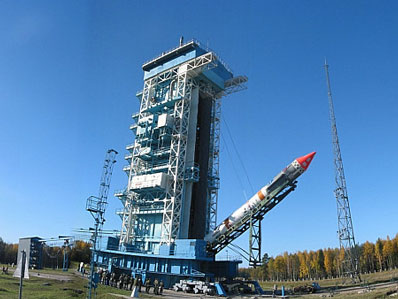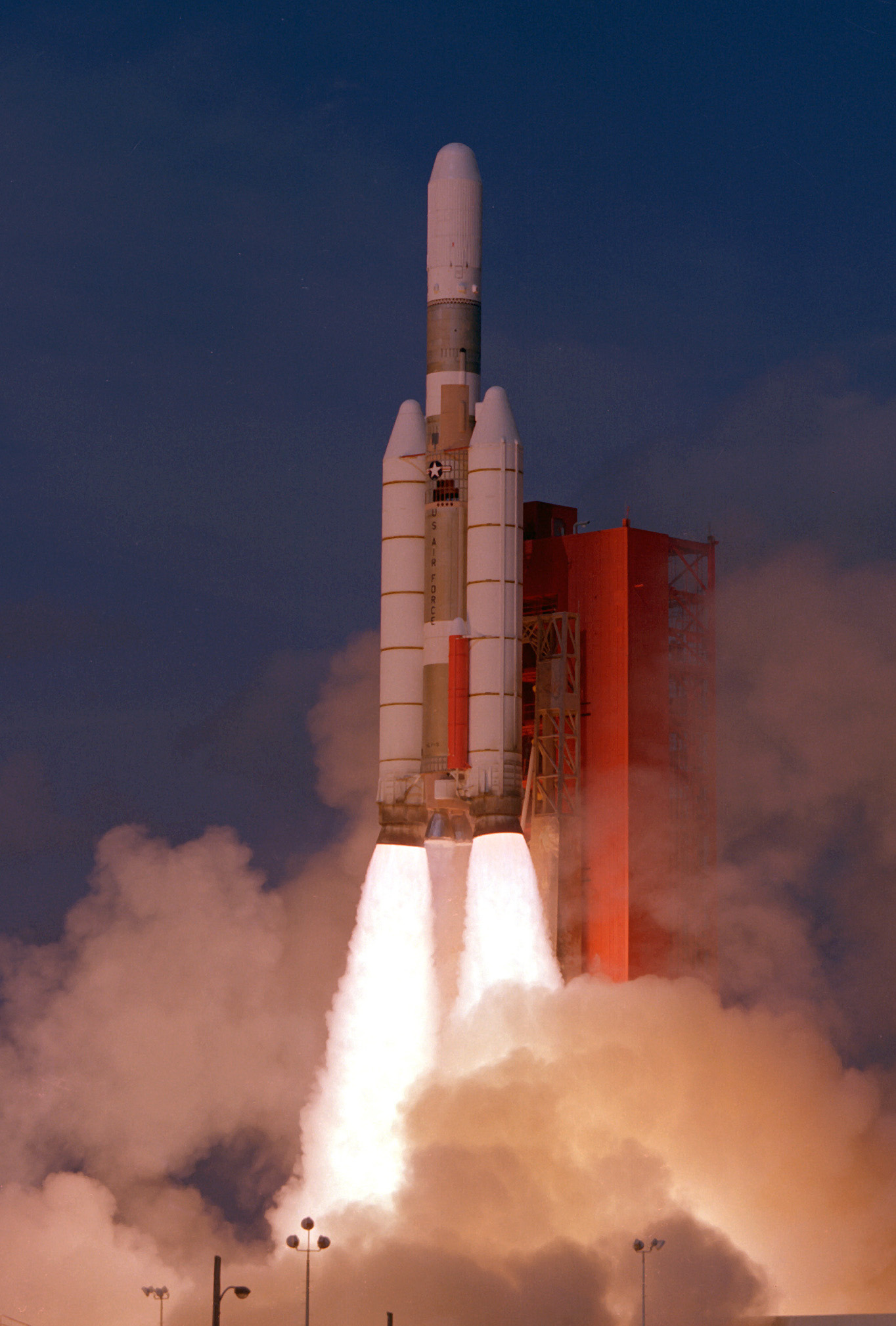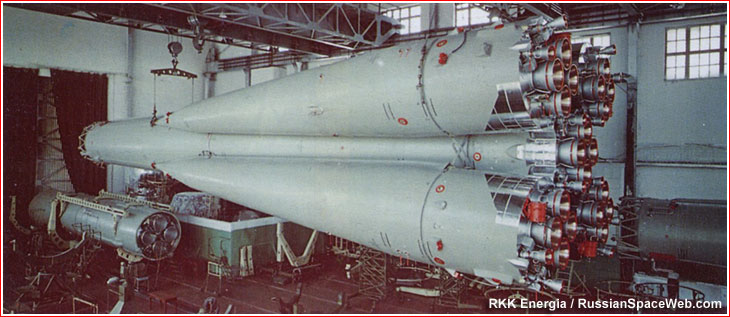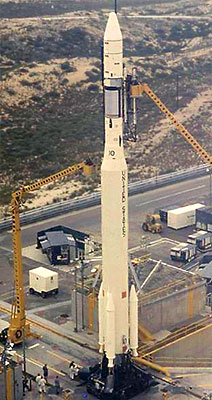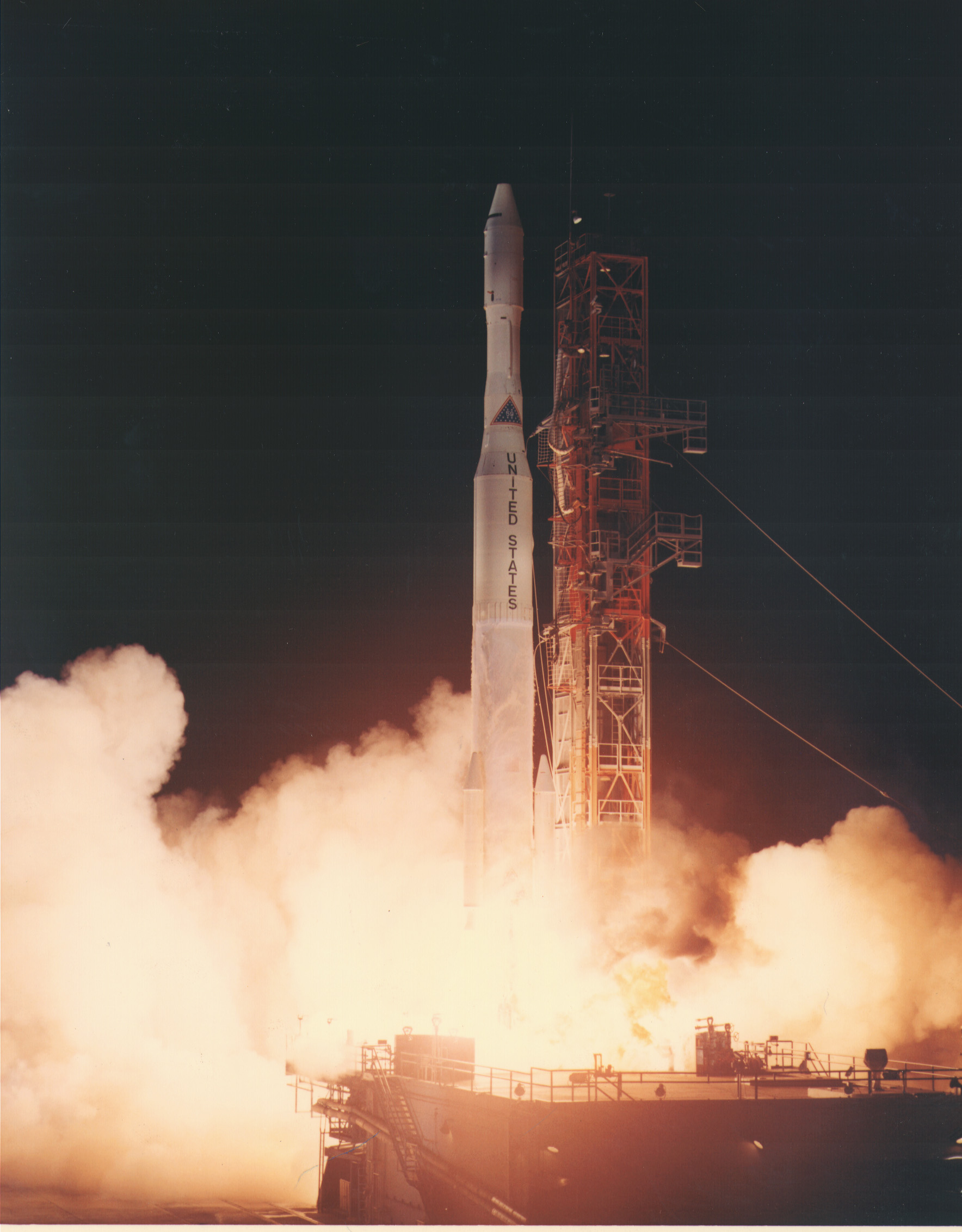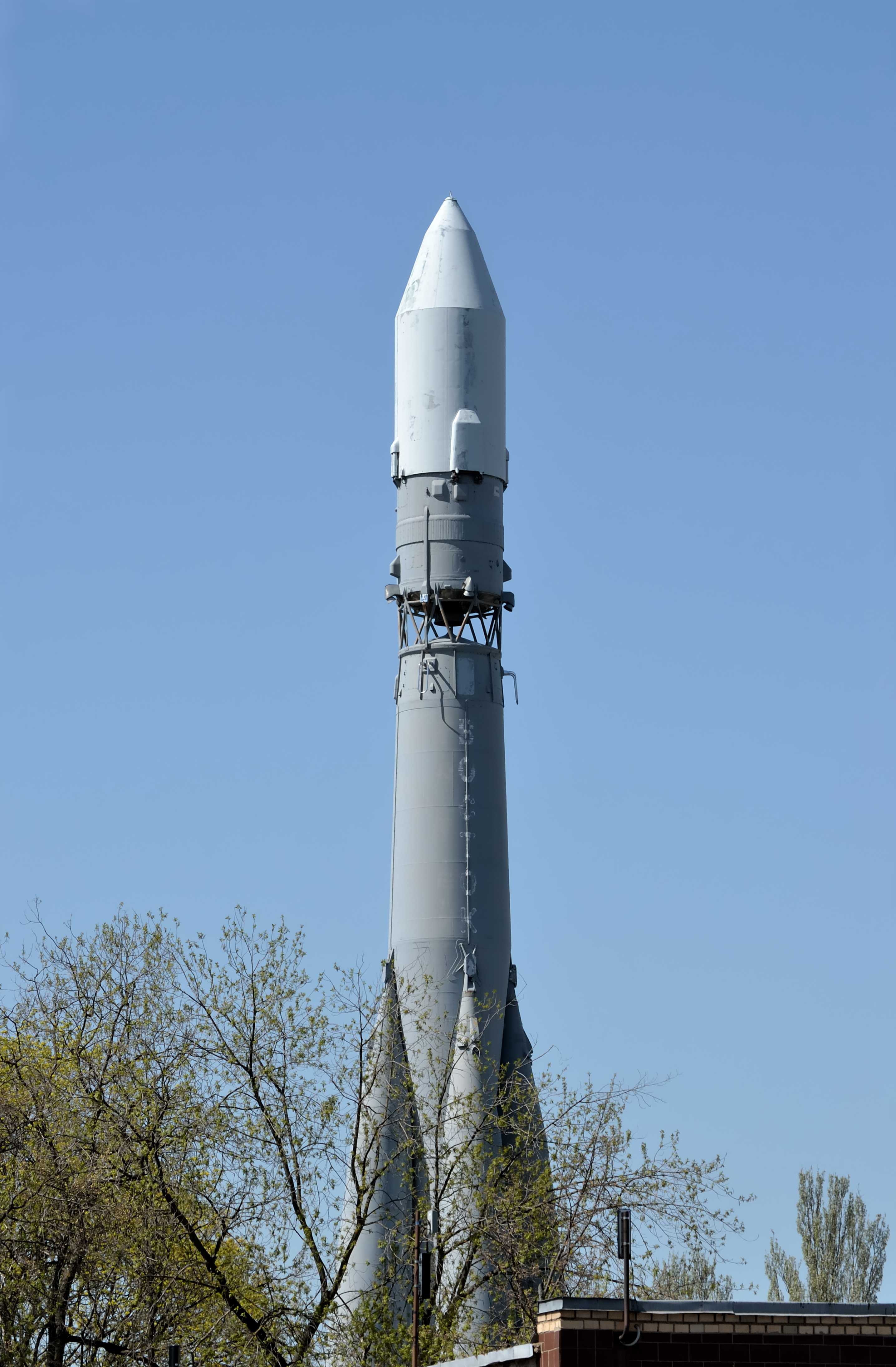Previous Spaceflight Launches
Filter by Agency, Locations or Vehicles
Show All LaunchesKosmos-3M | Zaliv 5
Russian Space Forces | RussiaPlesetsk Cosmodrome, Russian Federation
April 11, 1970, 5 p.m.
Titan IIIC | Vela 6A & 6B
Lockheed Martin | United States of AmericaCape Canaveral SFS, FL, USA
April 8, 1970, 10:50 a.m.
Voskhod | Zenit-4 70
Soviet Space Program | RussiaBaikonur Cosmodrome, Republic of Kazakhstan
April 8, 1970, 10:15 a.m.
Thorad SLV-2G Agena D | Nimbus 4
McDonnell Douglas | United States of AmericaVandenberg SFB, CA, USA
April 8, 1970, 8:17 a.m.
Kosmos-3M | Tselina-O 6
Russian Space Forces | RussiaPlesetsk Cosmodrome, Russian Federation
April 7, 1970, 11:10 a.m.
Voskhod | Zenit-2M 8
Soviet Space Program | RussiaPlesetsk Cosmodrome, Russian Federation
April 3, 1970, 8:30 a.m.
Voskhod | Zenit-4MK 2
Soviet Space Program | RussiaPlesetsk Cosmodrome, Russian Federation
March 27, 1970, 11:45 a.m.
Thor Delta M | NATO IIA
McDonnell Douglas | United States of AmericaCape Canaveral SFS, FL, USA
March 20, 1970, 11:52 p.m.
Kosmos 11K63 | DS-P1-I 8
Strategic Rocket Forces | RussiaPlesetsk Cosmodrome, Russian Federation
March 18, 1970, 2:39 p.m.
Vostok 8A92M | Meteor-1 3 (14L)
RKK Energiya | RussiaPlesetsk Cosmodrome, Russian Federation
March 17, 1970, 11:10 a.m.
